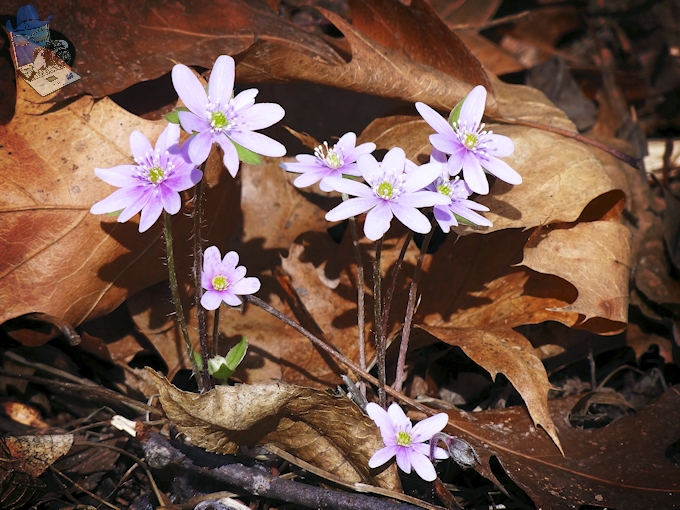Searching for color of the first wildflower after a long winter is always a thrill of spring. I have a few bulbs that will peek its blossom up through the snow, but the hepatica is first wildflower to appear in the woods. The blue, white or pink flowers wave their color above last year’s fallen oak leaves on hairy stems that help insulate them from the cool temperatures of early spring. The three lobed, heart shaped leaves appear after the flowers bloom.
Last year with the mild winter, the hepatica were already blooming in the middle of March but this year if they tried, they would be buried under several feet of snow and they would be snowed on today too. The flowers close on cloudy days and at night to protect their pollen when pollinators are not apt to be flying. However, the cold temperatures of early April mean that there are not many potential pollinators flying about anyway. Fortunately, hepatica has the ability to self-pollinate and produce seed without the aid of insects.
Hepatica nobilis


